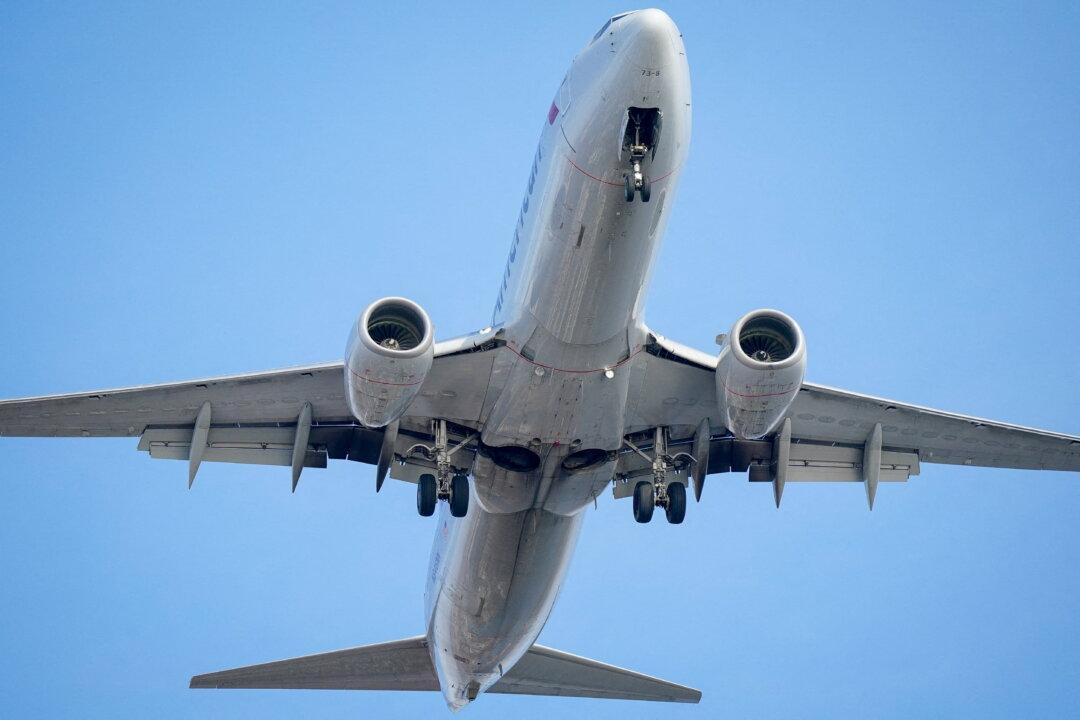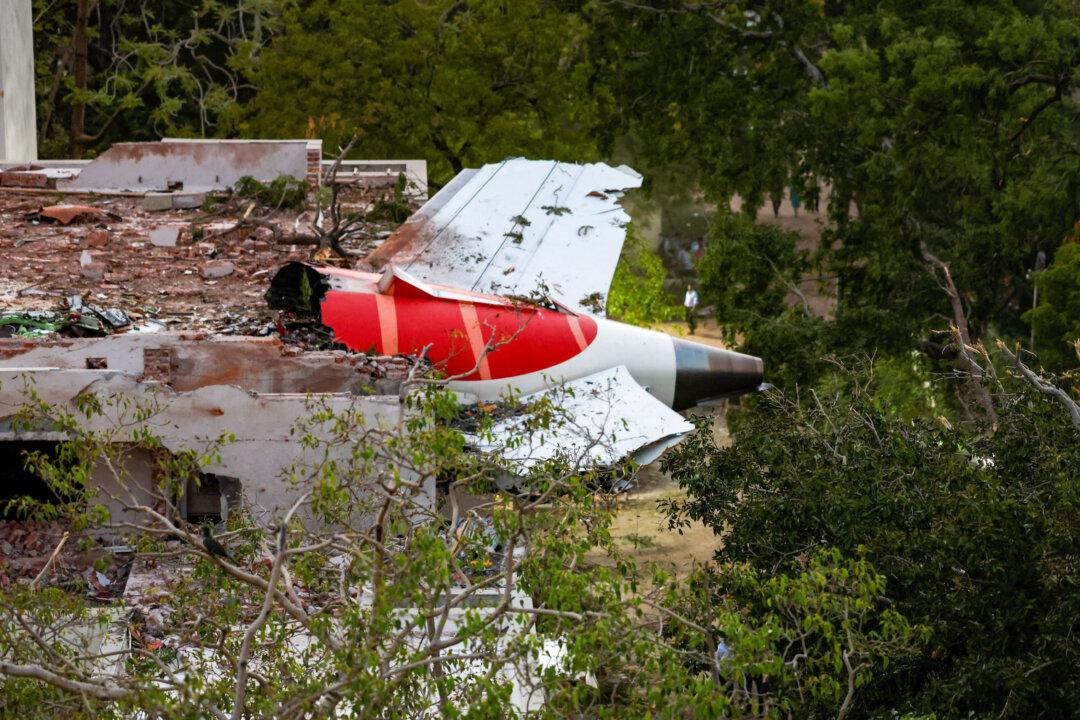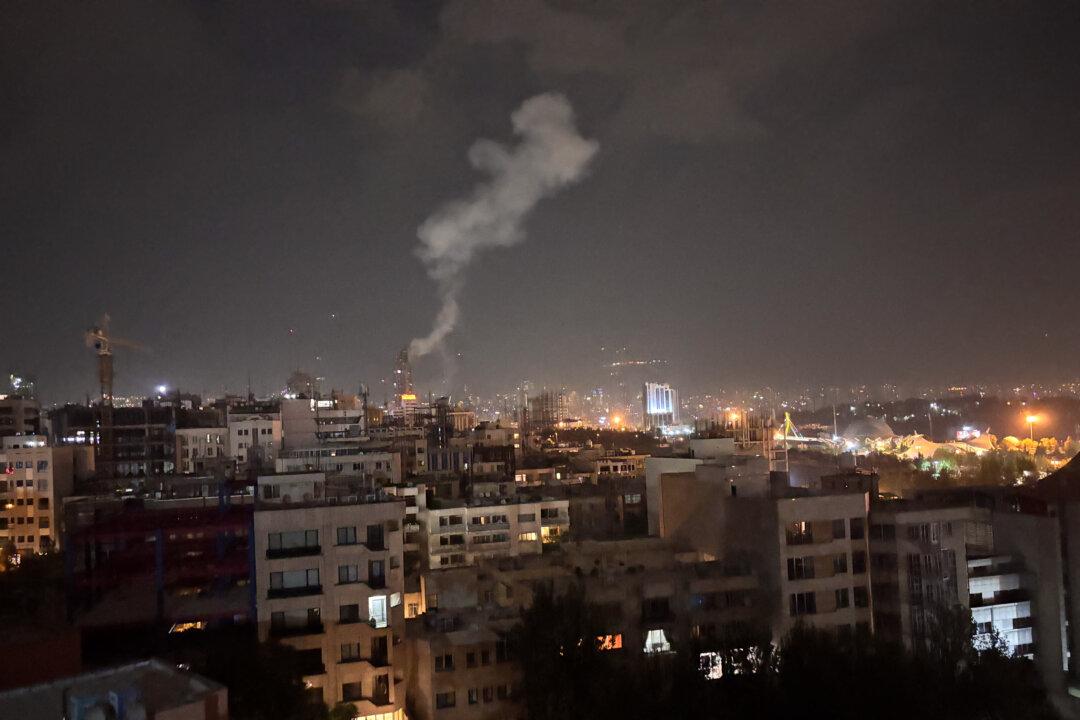A Federal Aviation Administration official has claimed that a former Boeing chief test pilot misled her about changes to the company’s Boeing 737 Max software which were later connected to two deadly crashes in 2018 and 2019.
Stacey Klein, an FAA training specialist, was in charge of determining what training pilots needed for the Max during its development, and as such, said had regular interactions with Mark Forkner, who previously served as Chief Technical Pilot for Boeing.





